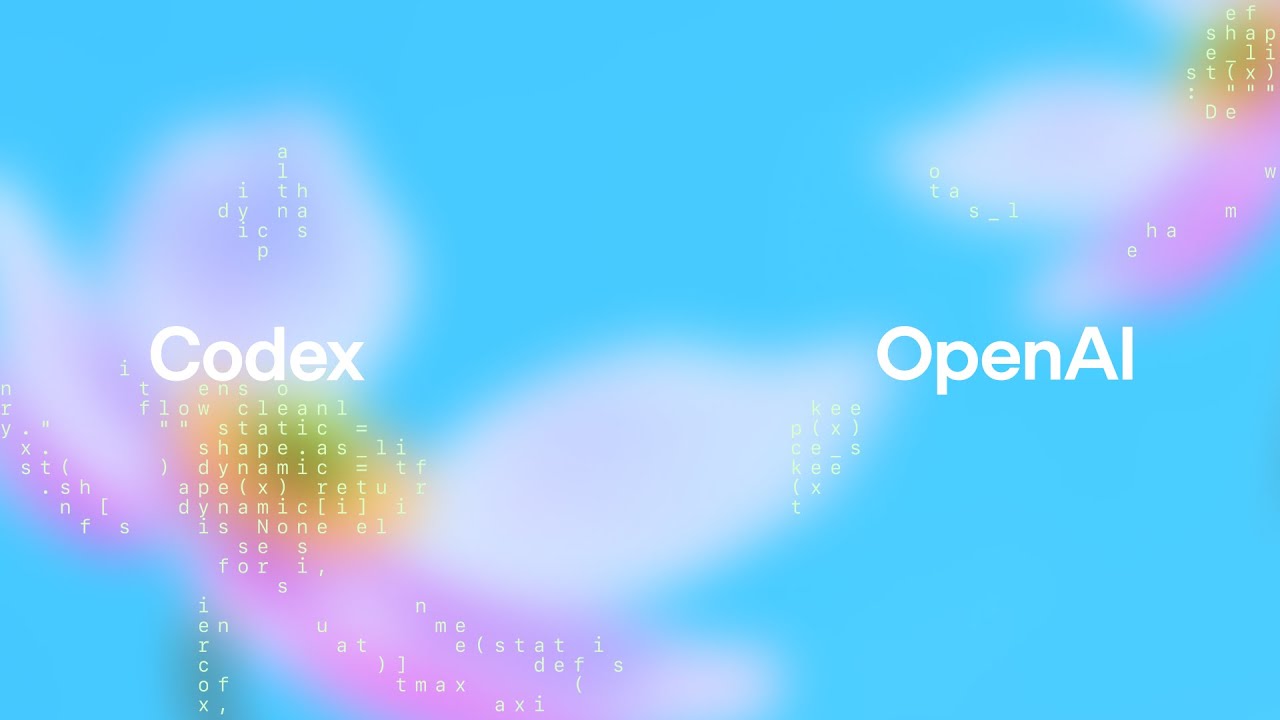OpenAI GPT-5 vs Codex: The Generalist and The Specialist

TL;DR
- GPT-5: The smartest raw intelligence for general reasoning (100% AIME, 89.4% GPQA)
- GPT-5-Codex: The "decisive winner" for backend logic, debugging & refactoring (51.3% vs 33.9% on internal refactoring)
- Codex trained on real PRs using RL—mimics human style, auto-runs tests, handles dependencies
- Trade-off: Superior backend power vs. inferior developer experience compared to Claude Code
OpenAI's strategy represents a clear bifurcation between its general-purpose GPT-5 model and the highly specialized GPT-5-Codex, which was introduced on September 15, 2025.
This guide breaks down the critical differences, when to use each, and why Codex has become the "decisive winner" for backend development and complex refactoring tasks.
GPT-5-Codex: The Specialist
Release Date: September 15, 2025
Context: 400K | Output: 128K | Type: Optimized for Agentic Coding
This is not merely a fine-tuned GPT-5; it is a "version of GPT-5 optimized for agentic coding" in the Codex environment.
The "Secret Sauce": RL Training on Real PRs
The key differentiator for Codex is its unique training methodology. It was trained using Reinforcement Learning (RL) on real-world coding tasks. This specialized training was designed to achieve three specific outcomes:
Mimic Human Style
Generate code that "closely mirrors human style and PR preferences"—making code reviews smoother and team integration seamless.
Be Test-Driven
Autonomously "iteratively run tests until passing results are achieved"—reducing manual QA cycles.
Execute Agentic Loops
"Auto-run tests, refactor, review, propose fixes," and handle dependencies across files—full autonomous workflow.
Benchmark Performance
| Benchmark | Score | What It Measures |
|---|---|---|
| SWE-Bench Verified (Official) | 74.5% | Real-world bug fixing |
| SWE-Bench Verified (Independent) | 69.4% | Real-world (out-of-the-box) |
| Internal Refactoring Benchmark | 51.3% 🏆 | Large-scale code refactoring |
The Refactoring Gap
The internal refactoring benchmark is the most telling metric. On this test, GPT-5-Codex scores 51.3%, which dramatically surpasses the base GPT-5 model's 33.9%. This validates that its specialization is effective not just for new code generation but for modifying existing, complex codebases.
Practical Niche: Backend, Debugging & Refactoring
Real-world developer feedback reveals a clear and crucial split in practical application. While Claude Sonnet 4.5 is preferred for frontend, GPT-5-Codex is the "decisive winner" for:
Backend Logic
Complex business logic, API design, and database interactions
Complex Debugging
Tracking down elusive bugs across multiple files and systems
Large-Scale Refactors
Restructuring existing codebases with cross-file dependencies
Legacy Code Modernization
Updating old codebases to modern standards and patterns
Developer Testimonial
"A developer directly comparing Sonnet 4.5 and GPT-5-Codex for a simple frontend task noted that while Sonnet's output was 'elegant', Codex's felt like a 'corporation website from Microsoft'—reinforcing this backend/logic specialization."
Base GPT-5: The Generalist
Context: 400K | Output: 128K
The "Smartest, Fastest, and Most Useful Model Yet"
The base GPT-5 model, while capable, is demonstrably inferior to its specialist sibling for complex coding tasks (33.9% vs 51.3% on refactoring). Its primary purpose lies in general, non-coding reasoning.
Raw Intelligence & Academic Reasoning
GPT-5 demonstrates clear dominance on academic, non-coding benchmarks:
| Benchmark | Score | What It Measures |
|---|---|---|
| AIME 2025 (Math) | 100% 🏆 | Advanced math (with Python tools) |
| GPQA Diamond | 89.4% 🏆 | PhD-level science reasoning |
| AIME (No Tools) | 71.0% | Math without assistance |
| AIME (With Thinking) | 99.6% | Math with chain-of-thought |
"Thinking" Capability
Like its competitors, GPT-5 benefits massively from chain-of-thought reasoning. The base model (no tools) on the AIME benchmark jumps from 71.0% to 99.6% when "thinking" is enabled—demonstrating the power of transparent reasoning processes.
Multimodality: Text, Images & Voice
GPT-5 is deeply multimodal, designed to reason across:
- Text: Natural language understanding and generation
- Images: Visual understanding and analysis
- Voice: Speech recognition and generation
This model is positioned as the AGI-focused system intended to "solve human-level problems", whereas Codex is a specialized tool for the specific problem of coding.
Developer Experience: The Trade-Off
Codex is available via the Codex CLI, IDE extensions (for VSCode), and a web interface. However, developer consensus indicates that the Codex developer experience is inferior to Anthropic's.
Developer Feedback
Developers have described the Codex CLI as "clunky," "half-baked," and "still much much worse than Claude Code", lacking the polished UI and features like "checkpoints."
This creates the central strategic trade-off for developers: choosing the superior backend/refactoring power of GPT-5-Codex versus the superior developer experience and frontend capabilities of Claude Sonnet 4.5.
When to Use Each Model
Use GPT-5-Codex When:
- ✓ Working on complex backend systems with intricate business logic
- ✓ Refactoring large, legacy codebases with cross-file dependencies
- ✓ Debugging complex, multi-system issues that require deep logical reasoning
- ✓ Need test-driven development with autonomous test-running workflows
Use Base GPT-5 When:
- ✓ Solving complex academic or mathematical problems
- ✓ General-purpose reasoning and problem-solving across domains
- ✓ Multimodal tasks involving text, images, and voice
- ✓ Research, analysis, and content generation outside of coding
Using OpenAI Models with CodeGPT
CodeGPT provides seamless access to both GPT-5 and GPT-5-Codex directly in VS Code through OpenRouter.
- Switch between GPT-5 and Codex based on task type
- Built-in BYOK support for OpenAI API keys
- Orchestrate with Claude models: Use Codex for backend, Sonnet for frontend
- Cost tracking and token usage analytics across all OpenAI models
Ready to Use GPT-5 and Codex in VS Code?
Get instant access to OpenAI's entire model portfolio with CodeGPT's unified interface.
Get Started with CodeGPT